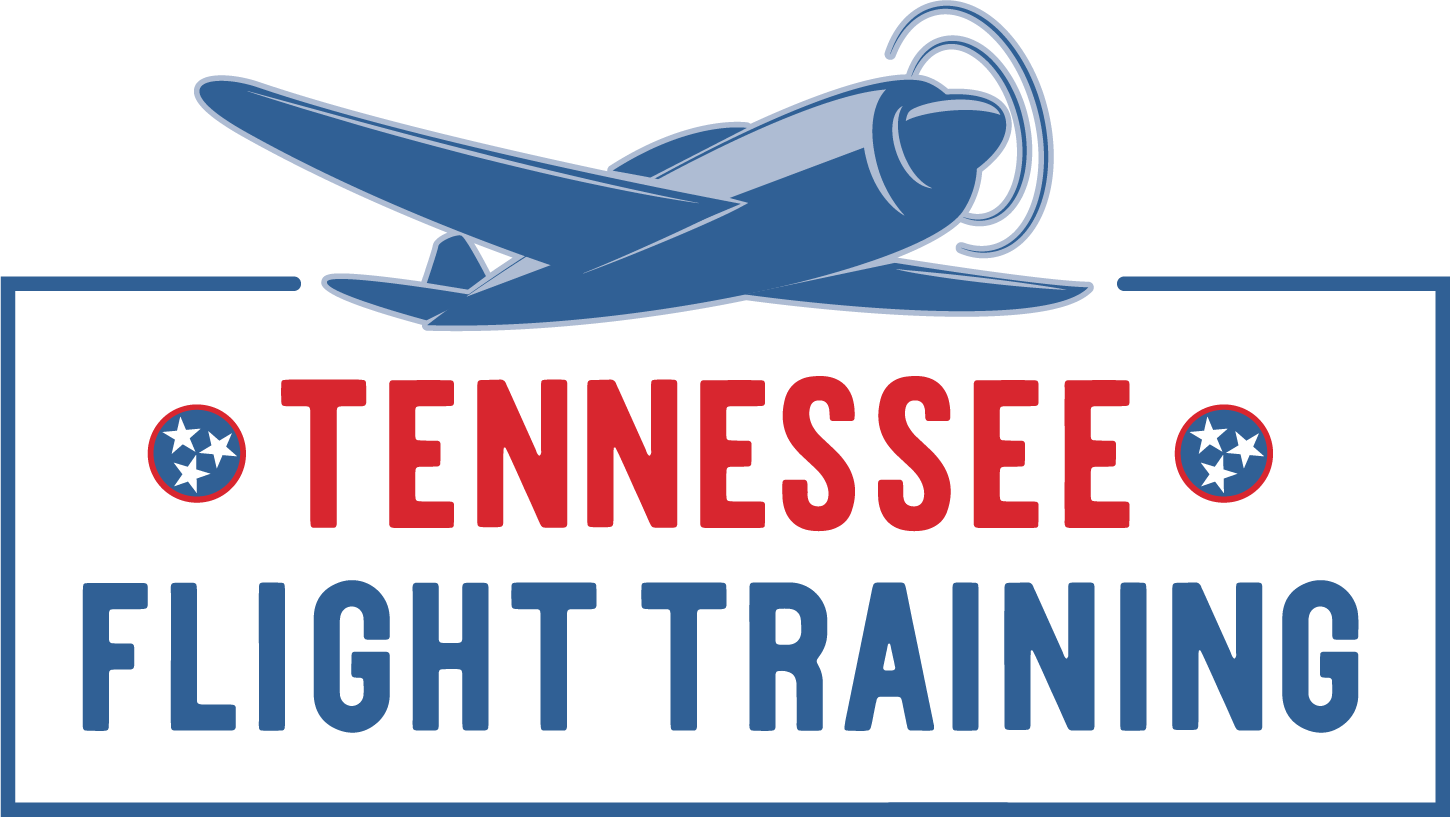Commercial Rating
Tennessee Flight Training is available to assist you in getting your COMMERCIAL RATING including a COMPLEX AIRPLANE ENDORSEMENT
A complex airplane is defined by 14 CFR 61.31(e) as an airplane that has the following:
- Retractable landing gear
- Flaps
- Controllable pitch propeller
In lieu of a controllable pitch propeller, the aircraft could also have an engine control system consisting of a digital computer and associated accessories for controlling the engine and the propeller.
There are no minimum number of flight hours required to obtain a complex endorsement, although you will be required to receive and log ground and flight training from an authorized instructor in a complex airplane, or in a flight simulator or flight training device that is representative of a complex airplane, and have been found proficient in the operation and systems of the airplane. Once you’ve met these requirements, your instructor will provide you a one-time endorsement.
Commercial pilot
A commercial pilot may be compensated for flying. Training for the certificate focuses on a better understanding of aircraft systems and a higher standard of airmanship. The commercial certificate itself does not allow a pilot to fly in instrument meteorological conditions. For aircraft categories where an instrument rating is available, commercial pilots without an instrument rating are restricted to daytime flight within 50 nautical miles (93 km) when carrying passengers for hire.[18]
A commercial airplane pilot must be able to operate a complex airplane, as a specific number of hours of complex (or turbine-powered) aircraft time are among the prerequisites, and at least a portion of the practical examination is performed in a complex aircraft.
The requirements are:
- Be at least 18 years of age
- Hold a private pilot certificate
- Be able to read, speak, write, and understand the English language
- Accumulate and log a specified amount of training and experience; the following are part of the airplane single-engine land class rating requirements:While training under Part 61, at least 250 hours of piloting time including 20 hours of training with an instructor and 10 hours of solo flight, and other requirements including several “cross-country” flights, i.e., more than 50 nautical miles (93 km)(25 NM for helicopter rate) from the departure airport (which include Day VFR and Night VFR 100 nmi (190 km) between beginning point and destination, with a time of at least two hours; also one solo cross country of at least 250 nmi (460 km) to the destination, a 300 nmi (560 km) total distance, with landings at three airports) and both solo and instructor-accompanied night flightsYou will also be required to pass a 100-question aeronautical knowledge written test and an oral test and flight test administered by an FAA inspector, FAA-designated examiner, or authorized check instructor.
By itself, this certificate does not permit the pilot to set up an operation that carries members of the public for hire; such operations are governed by other regulations. Otherwise, a commercial pilot can be paid for certain types of operation, such as banner towing, agricultural applications, and photography, and can be paid for instructing if she or he holds a flight instructor certificate (In the case of lighter-than-air, only a commercial pilot certificate is required to teach for that category). To fly for hire, the pilot must hold a second class medical certificate, which is valid for 12 months.
Often, the commercial certificate reduces the pilot’s insurance premiums, as it is evidence of training to a higher safety standard.
The content of this article courtesy of the Aircraft Owners and Pilot’s Association and WikiPedia.
